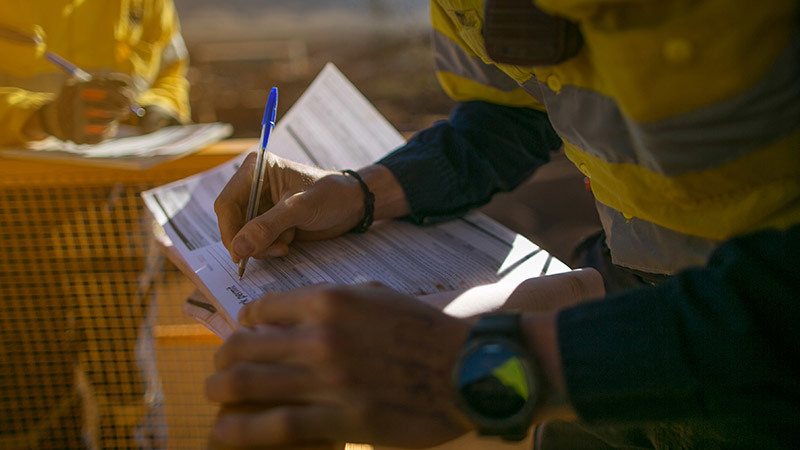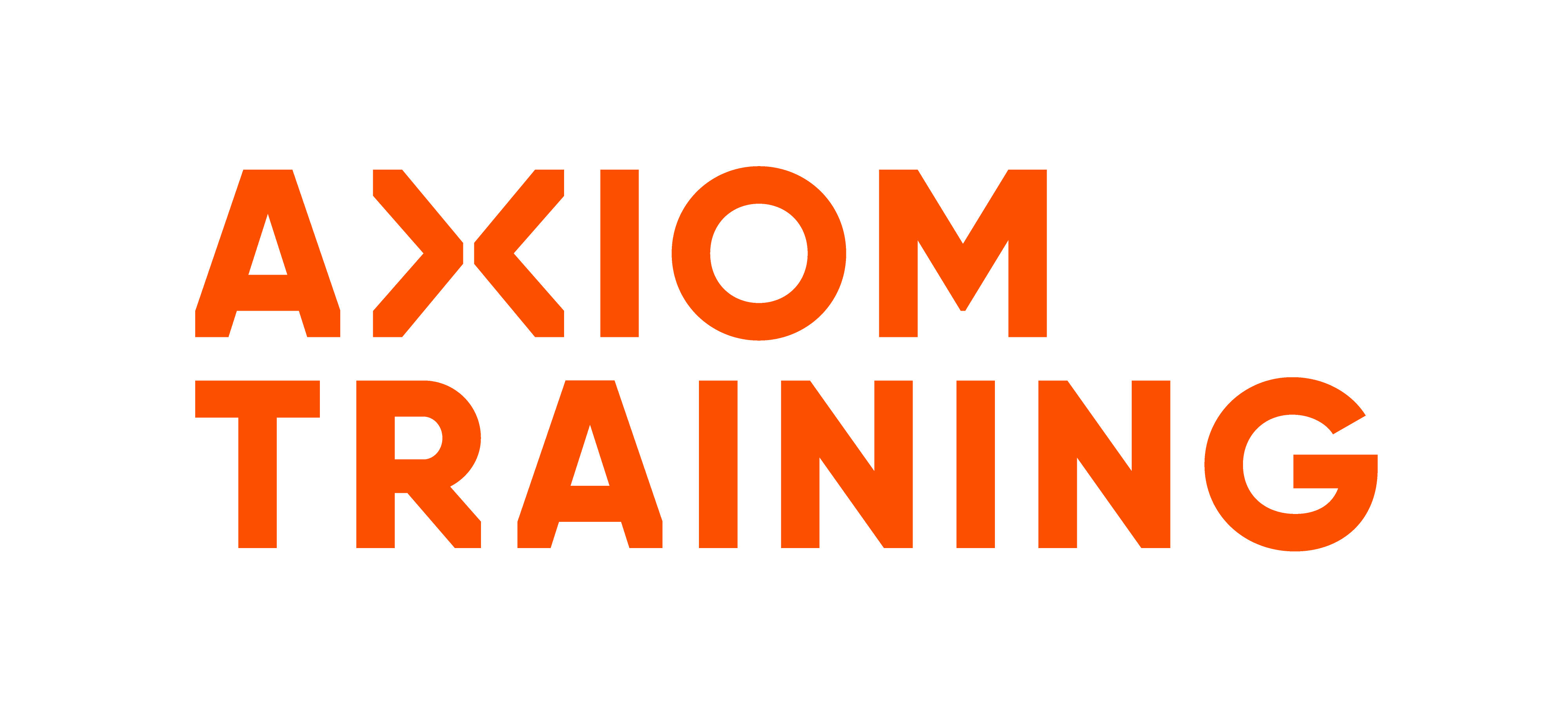White Paper: Robust Health and Safety Records
Health and Safety Records
- A Vital component for workplace safety
Ensuring a safe working environment is paramount for every organisation throughout Aotearoa. This whitepaper focuses on the significance of maintaining comprehensive health and safety paperwork and implementing stringent procedures as fundamental components of an effective safety management system.
A recent article published by WorkSafe reported on a Forestry management company being dished out a $26k fine for paperwork failures. Tragically, on August 23, 2019, a worker who had recently joined the company, lost his life.
Following this unfortunate event, WorkSafe New Zealand initiated an investigation to determine the circumstances surrounding his death. WorkSafe's findings established that the company was not directly responsible for or involved in causing the workers fatal accident. However, it was revealed that the company had neglected to thoroughly review health and safety paperwork during several site visits conducted between January and July 2019.
These oversights in safety plan audits, albeit minor in nature, were deemed significant enough to warrant legal action. As a result, the company was prosecuted by WorkSafe.
Ultimately, the company pleaded guilty to a charge under the Health and Safety at Work Act, and the sentencing verdict was announced on June 15. The court recognised the importance of maintaining meticulous safety paperwork and procedures, emphasising the need for regular checks to ensure compliance with safety regulations. The full article can be found here: https://www.stuff.co.nz/taranaki-daily-news/132356495/forestry-management-company-cops-26k-fine-for-paperwork-failures
The Link Between Paperwork Failures and Accidents
Identifying Potential Hazards
A crucial step in preventing accidents is the identification of potential hazards within the workplace and the corresponding documentation required. It is essential for management and team members to be well-versed in recognising hazards relevant to their specific tasks and environments.
Board and Management Health and Safety training and Hazard and Risk Management training provided by Safety ‘n Action nationwide allow for a great understanding of these responsibilities and include practical training and guidance on how to stay compliant and more importantly create a safe working environment for all.
Lessons Learned from the Incident
The incident discussed highlights the critical need for management and team members to be fully aware of their health and safety legislative responsibilities under the Health and Safety at Work Act 2015. Learning from this incident, organisations should prioritise training initiatives that educate employees and their senior leadership on the relevant laws and regulations in New Zealand. By understanding their responsibilities, individuals and employers can proactively contribute to the prevention of accidents and ensure compliance with the established health and safety paperwork and procedures.
As health and safety legislation evolves, it is crucial for management and team members to stay updated with any changes and new requirements. Regular training refreshers and awareness campaigns should be conducted to reinforce knowledge, maintain a high level of safety awareness, and emphasise the importance of meticulous adherence to health and safety paperwork and procedures.
The Importance of Proactive Safety Culture
Promoting Safety Awareness and Responsibility
Creating a proactive safety culture within an organisation is crucial for maintaining a safe working environment and supports the safety goals of the wider organisation – in turn, keeping everyone safe.
One key aspect of fostering this culture is promoting safety awareness and instilling a sense of responsibility among all employees. By emphasising the significance of hazard identification, risk assessment, and mitigation, organisations can empower their workforce to actively contribute to a safer workplace.
Hazard and Risk Management Training
What is the need?
A vital component of developing a proactive safety culture is providing comprehensive hazard and risk management training to employees. This training equips individuals with the knowledge and as equally importantly, the practical skills necessary to identify potential hazards, assess associated risks, and implement appropriate control measures. It educates employees on the importance of meticulously following safety procedures and adhering to well-documented health and safety paperwork.
Furthermore, training covering PCBU (employers) responsibilities under the Health and Safety at Work Act 2015, will also ensure that all levels within an organisation understand what is required of them and how to best support their team to comply with legislation and as equally importantly, keep those around them safe from harm. Robust paperwork is all part of that.
Encouraging Reporting and Communication
Paperwork is part of a larger puzzle but still plays a vital role in safety. Communication lines for paperwork submissions and guidance is of huge importance. Documentation is only effective if its use is understood and team members know the who, what, when and how to submit paperwork to the current team members.
Employees should feel encouraged and empowered to report hazards, near misses, or safety concerns promptly. This open communication allows organisations to identify potential issues, address them in a timely manner, and continuously improve their safety protocols.
Encouraging regular communication between management and employees fosters an environment where safety concerns can be discussed openly. It enables the sharing of valuable insights, lessons learned, and best practices across the organisation. Additionally, organisations should implement a feedback mechanism to acknowledge and address safety-related suggestions and concerns raised by employees.
Best Practices for Health and Safety Paperwork and Procedures
- Training all levels of team members on safety requirements including paperwork and procedure obligations
- Establishing Robust Documentation Systems
- Implementing Effective Procedures
- Implementing and communicating reporting lines and expectations
- Regular Monitoring and Evaluation
Conclusion
By learning from the incident discussed in this whitepaper, organisations can recognise the critical role of proactive safety measures, regular checks, and comprehensive record-keeping in preventing accidents, safeguarding employees, and avoiding legal consequences. Prioritising health and safety paperwork and procedures is not only a regulatory obligation but also a moral imperative that fosters a culture of safety and well-being within the workplace.
Related Information
View training solutions
-
Online Hazard & Risk Management
Effective hazard and risk management reduces the chance of harm occurring, resulting in a safer and more productive workplace for you and your team. Unit standards covered: 30265 and 497
-
Health and Safety Representative: Initial
Empower your Health and Safety Representatives (HSRs) with effective training and support to fulfil their responsibilities and duties. Unit standard covered: 29315
-
Health and Safety at Work Seminar
Ensure you understand the key requirements of the Health and Safety at Work Act (2015) and if your organisation is compliant with these. Use this seminar to seek clarification around any concerns or gaps and identify recommended solutions with our health and safety expert.




